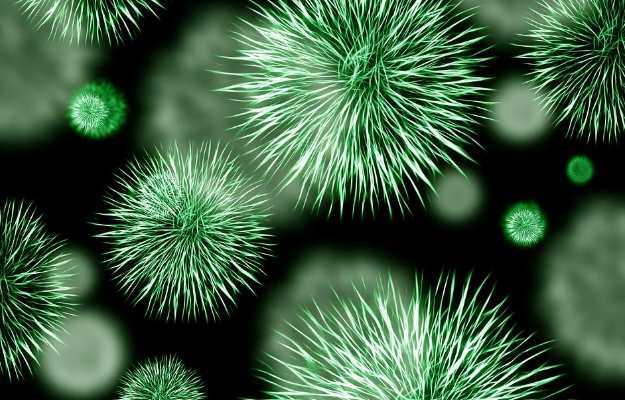Mucormycosis—also known as zygomycosis—is a type of fungal infection that can affect the sinuses and brain, the lungs, the skin or the stomach and intestines. A “disseminated” form of the infection may also affect different parts of the body at once.
Normally, the fungi that cause this infection exist in our environment without causing disease—these fungi can be present in the soil, in rotting leaves or wood, or in compost piles. However, in people who are immunocompromised by another illness, mucormycosis may develop aggressively and even turn fatal if not detected early.
Lately, cases of mucormycosis in COVID-19 patients across India have come to light.
Diagnosis may involve a mix of physical examination, tests like fungal culture test and bronchoalveolar lavage and in some cases, a biopsy of the affected tissue.
Since mucormycosis is an opportunistic infection, treating the underlying cause and improving immunity are important to the treatment. Antifungals, especially amphotericin B, are the mainstay of treatment with adjuvant treatments (additional, supporting the main treatment) with hyperbaric oxygen under research.
Research has shown that mucormycosis-causing fungi need to scavenge or take iron from the body. For this reason, chelation therapy to remove excess iron (but not with deferoxamine) could also be useful for treating the infection.
Further, treatment may involve surgery on the part of the body affected by the fungus. For example, in the case of rhinocerebral mucormycosis which affects the sinuses and the brain, a nasal endoscopy may be done to check for necrotic or dead tissue and to guide its removal through surgical debridement.
The prognosis varies, depending on the type of mucormycosis and the patient’s overall health. Generally, the prognosis is poor. For patients with pre-existing HIV/AIDS and for people with the disseminated form of this infection, there is a very high risk of mortality.
Read on to know all about the types, symptoms, causes, diagnosis and treatment of this opportunistic fungal infection:

 Doctors for Mucormycosis
Doctors for Mucormycosis  Mucormycosis FAQs
Mucormycosis FAQs




































